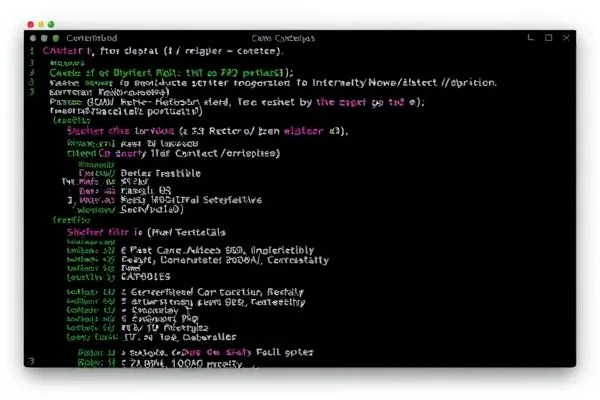Navigating the Evolving Threat Landscape: Insights on SideWinder’s Latest Targeting Strategies
The complexities of cybersecurity continue to grow as threat actors adapt their strategies and tools. This article delves into the recent activities of the SideWinder APT group, focusing on its expanding operations targeting maritime and nuclear sectors, and the sophisticated methodologies employed to execute these attacks.
Key Takeaways
- SideWinder is enhancing its toolset while expanding its targets beyond traditional governmental entities.
- Understanding infection vectors and countermeasure strategies is essential for effective defense.
- Prompt patch management remains a critical defense against evolving exploitation techniques.
The Evolution of SideWinder’s Targeting Strategies
SideWinder’s operations have consistently focused on military and governmental targets within South and Southeast Asia. However, recent observations highlight a significant shift toward maritime infrastructures and logistics, marking a strategic expansion. The documented activities noted an uptick in attacks, particularly in regions like Djibouti and Egypt, with a distinct interest in nuclear facilities across South Asia.
This evolution indicates that SideWinder is broadening its scope, not just targeting traditional government entities but also strategic industries vital to national security and economic stability. The group is sophisticated, continuously developing newer techniques to evade detection. For instance, upon discovery of their detection methods, they swiftly modify their malware within hours—an ongoing cat-and-mouse game between the group and cybersecurity entities.
Infection Techniques and Countermeasures
SideWinder’s primary infection method exploits the Microsoft Office vulnerability CVE-2017-11882 through spear-phishing tactics. Attackers send emails with malicious DOCX files that employ a remote template injection technique to initiate a multi-level infection process. This flow leads to the installation of a loader which facilitates the deployment of “StealerBot,” an advanced post-exploitation toolkit.
To mitigate these risks, organizations must prioritize their patch management strategies to mitigate the threat posed by such vulnerabilities. Additionally, investing in robust detection and response capabilities can help identify and neutralize attacks early. Awareness of the tactics employed by SideWinder and similar actors is crucial for developing a proactive cybersecurity posture.
As SideWinder continues to adapt, staying informed about the latest tools and techniques will be vital for organizations operating in sensitive sectors. Government, military, and energy firms must remain vigilant and implement comprehensive cybersecurity strategies to counter sophisticated APT threats.
In conclusion, the persistent evolution of adversaries like SideWinder necessitates a dynamic approach to cybersecurity. By understanding the threat landscape, organizations can fortify their defenses against attacks aimed at critical sectors. Implementing a rigorous patch management protocol, enhancing detection capabilities, and maintaining awareness of emerging threats are essential for safeguarding vital assets.









